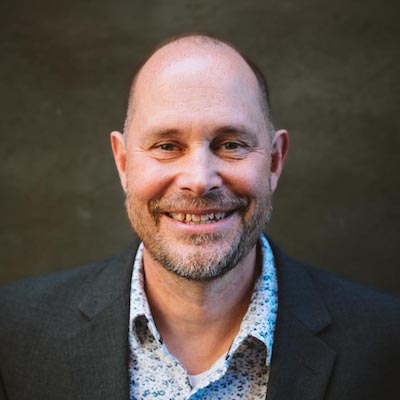Blueprint for Tomorrow
Infrastructure is at the heart of America's greatest challenges. From ensuring safe drinking water for all Americans to addressing global warming, which threatens to change life as we know it, the nation's infrastructure policy is an opportunity to undertake the challenge of building a better world. As the national debate around infrastructure continues, federal decision makers should prioritize public health, the preservation of a livable climate, and the quality of life in our communities by focusing on five key areas - energy, water, solid waste, transportation and preserving our natural infrastructure.
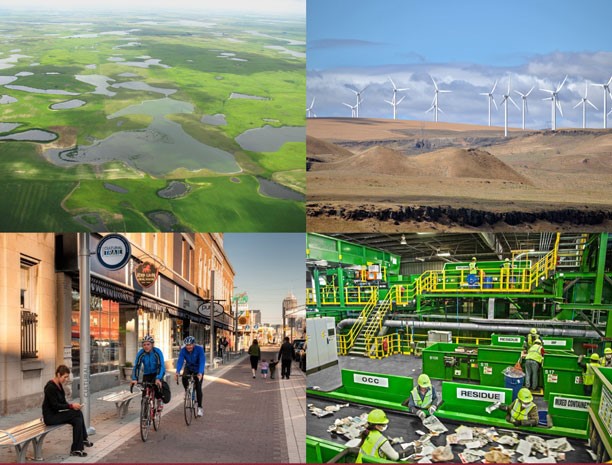
Note: See our 2020 report, Blueprint for America, for additional infrastructure recommendations.
Infrastructure is at the heart of America’s greatest challenges. The infrastructure investments made by generations past have contributed to improved health and welfare, and to the nation’s unparalleled economic prosperity. But the infrastructure decisions of the past have also cast a long shadow, leaving America to deal with the burden of lead water pipes that jeopardize our children’s health, fossil fuel pipelines that contribute to global warming, and transportation and solid waste infrastructure that no longer serve today’s needs.
It is time for a bold, new vision for federal infrastructure policy – one that focuses attention on the 21st century’s toughest challenges, from ensuring safe drinking water for all Americans to addressing global warming, which threatens to change American life as we know it. The nation’s infrastructure policy is an opportunity to undertake the challenge of building a better world.
It is also time for a new approach to federal investment in infrastructure – one that’s less focused on creating ribbon-cutting opportunities and maximizing the number of jobs and is more attentive to getting the most benefit out of every dollar spent.
By focusing federal policy on unleashing high-value investments in critical areas – and resisting the temptation to spend resources on counterproductive boondoggle projects – the Trump administration and Congress can leave a lasting infrastructure legacy that will be remembered by future generations.
A new approach to federal infrastructure investment policy would follow four common-sense principles.
Principle 1: Focus infrastructure investment on what matters.
The infrastructure we build today will shape American life for generations to come – creating opportunities and obligations for our children and grandchildren. By prioritizing infrastructure investment to achieve important goals in five main areas – clean energy, clean water, solid waste and recycling, natural infrastructure and transportation – decision-makers can lay a solid foundation for the health and prosperity of the nation.
Principle 2: Fix it first.
Americans have spent trillions of dollars to build infrastructure that we subsequently allowed to fall into disrepair for lack of attention to maintenance. To maximize the value of the taxpayer dollars that went towards the initial construction of infrastructure, the nation’s infrastructure vision should prioritize repair and rehabilitation of useful infrastructure that already exists over the creation of new infrastructure, where cost-effective and appropriate.
Principle 3: Don’t invest in infrastructure that will need to be abandoned before the end of its useful life.
Global warming is the most important challenge of our time and no infrastructure investment should be made without considering its implications. We should not invest or allow the construction of fossil fuel infrastructure that will need to be abandoned as the nation transitions to cleaner forms of energy to address climate change, and all new infrastructure should be built with the climate of the future in mind. The same principles apply for other foreseeable changes (such as emerging technologies) that threaten to make infrastructure investments obsolete.
Principle 4: Get the most out of our infrastructure.
Building the biggest, most expensive infrastructure is not always the best approach available to meeting a community’s needs. Using our existing infrastructure more efficiently can often reduce the amount we need to spend, with similar benefits.
A bold, visionary infrastructure plan would prioritize investment in five key areas essential to public health, the preservation of a livable climate, and the quality of life in our communities. These crucial areas are energy, water, natural infrastructure, solid waste and transportation.
Much of America’s current energy infrastructure is focused on the extraction and transportation of fossil fuels, deepening U.S. dependence on dirty energy sources that threaten the nation’s health and exacerbate the threat of global warming. Fossil fuel consumption is responsible for over three-quarters of U.S. greenhouse gas emissions.
To improve our energy infrastructure, the Trump administration and Congress should:
- Increase funding for clean, renewable energy infrastructure and grid modernization that will facilitate the transition to 100 percent renewable energy.
- Incentivize retrofits of existing buildings to improve energy efficiency.
- Invest in energy efficiency and clean, renewable energy at all federal and federally funded facilities.
Aging water infrastructure in the form of leaking water pipes and older water service lines containing lead threatens public health and wastes valuable drinking water. Underinvestment in the maintenance of these lines results in leaks that lose 6 billion gallons of treated drinking water every day.
To improve our water infrastructure, the nation should:
- Get the lead out of drinking water by funding the replacement of lead service lines, as well as fountains, faucets and other lead-bearing parts in the water delivery systems of schools and preschools.
- Prevent sewage overflows and runoff pollution by dramatically increasing funding for natural and green infrastructure projects.
- Stop water waste by funding the replacement of aging water pipes and investments in water efficiency.
America’s natural infrastructure – including our wetlands, forests and rivers – needs stronger protections. Because some of our most incredible natural spaces are also resource-rich, they are prone to the wrong kinds of infrastructure investment. Currently, 90 percent of U.S. public lands under Bureau of Land Management control are open to oil and gas leases, while only 10 percent are fully protected for conservation and recreation.
To improve our conservation infrastructure, federal policy makers should:
- Invest more federal funding in protecting our wild and natural lands.
- Limit or otherwise ban the construction of infrastructure that threatens our natural infrastructure and wild places.
- Fully fund the National Park Service maintenance backlog.
The country’s solid waste infrastructure has failed to keep up with 21st century needs. Many U.S. recycling facilities, for example, have the capacity to process large quantities of newsprint but are not able to handle the current quantities of waste that have become commonplace in today’s world, such as plastic. The amount of bottles and jars made of PET in the recycling steam by weight, for example, has increased nearly seven times over in just 15 years.
To improve our solid waste infrastructure, the federal government should:
- Increase federal funding for cities and states to improve existing recycling infrastructure and increase participation in recycling programs.
- Increase incentives for private sector companies providing solid waste services to develop new technologies and improve waste infrastructure.
- Increase federal funding for composting programs.
America’s car-centric transportation system has made the transportation sector the largest contributor to U.S. greenhouse gas emissions, with light-duty vehicles contributing more to the pollution than all other forms of transportation put together. Investment in highways in particular has also decreased air quality, increasing the risk of asthma and decreased lung function in children living near major roadways.
To improve our transportation infrastructure, federal officials should:
- Focus funding on repairing existing roads and stop funding carbon-intensive highway projects.
- Increase funding for public transportation to make transit a viable option for more Americans.
- Invest more federal funding in modes of travel such as walking and biking, as well as innovative programs to get the most out of our existing transportation infrastructure by managing travel demand.
The renewed federal debate around infrastructure is an opportunity to forge a bold approach that addresses the nation’s most important challenges while using taxpayer money wisely. The Trump administration and Congress should take advantage of that opportunity to prioritize projects and approaches that deliver lasting benefits for the American people and future generations.
Topics
Authors
Steve Blackledge
Senior Director, Conservation America Campaign, Environment America Research & Policy Center
Started on staff: 1991 B.A., Wartburg College Steve directs Environment America’s efforts to protect our public lands and waters and the species that depend on them. He led our successful campaign to win full and permanent funding for our nation’s best conservation and recreation program, the Land and Water Conservation Fund. He previously oversaw U.S. PIRG’s public health campaigns. Steve lives in Sacramento, California, with his family, where he enjoys biking and exploring Northern California.
Matt Casale
Former Director, Environment Campaigns, U.S. PIRG Education Fund
Andre Delattre
Senior Vice President and Chief Operating Officer, Program, The Public Interest Network
Andre directs The Public Interest Network's national campaign staff and programs. His previous roles include national organizing director of the Student PIRGs and executive director of PIRG. He lives in Chicago with his wife and daughter, and is an avid cyclist and chess player.
Find Out More
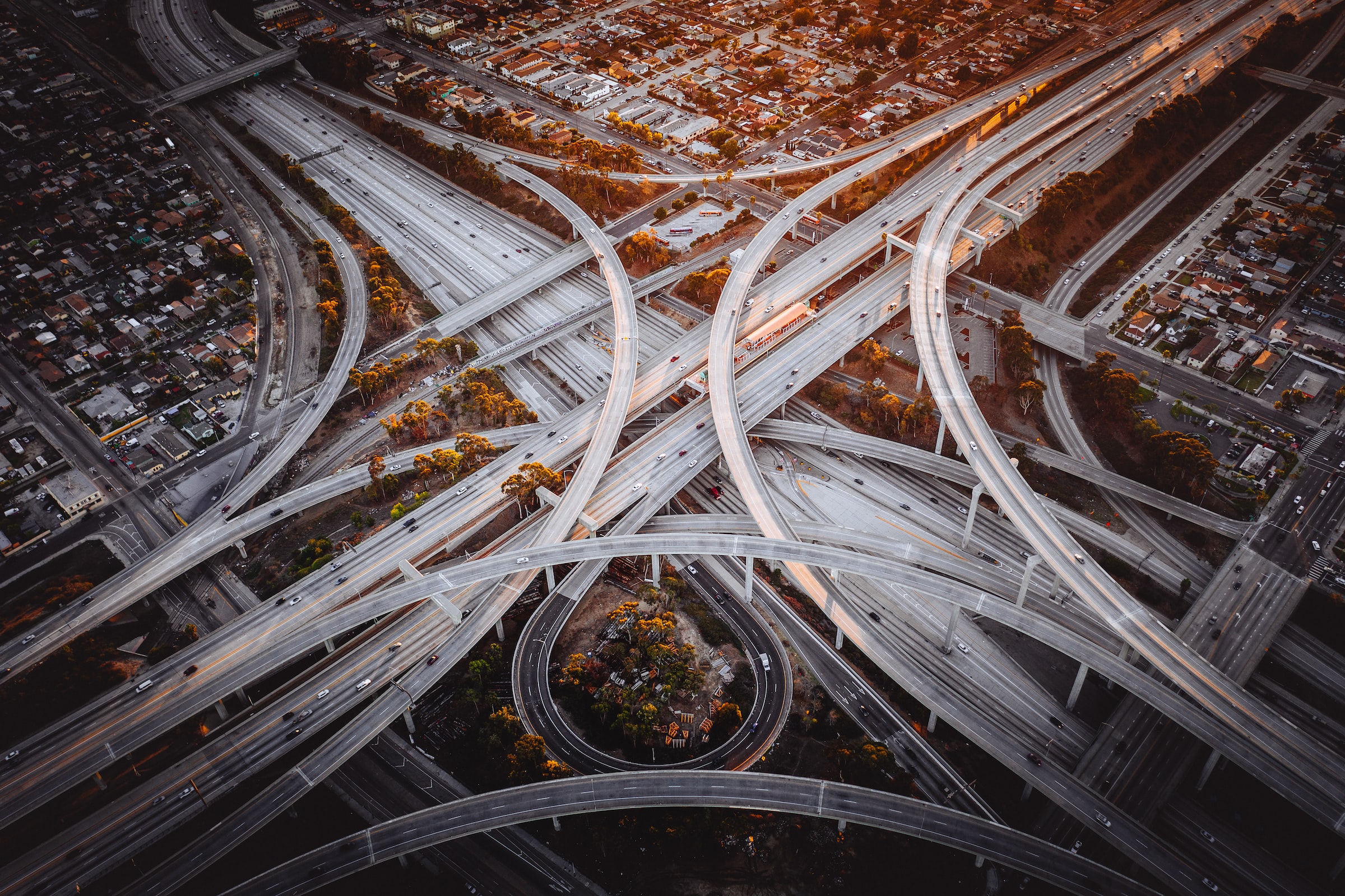
Highway Boondoggles
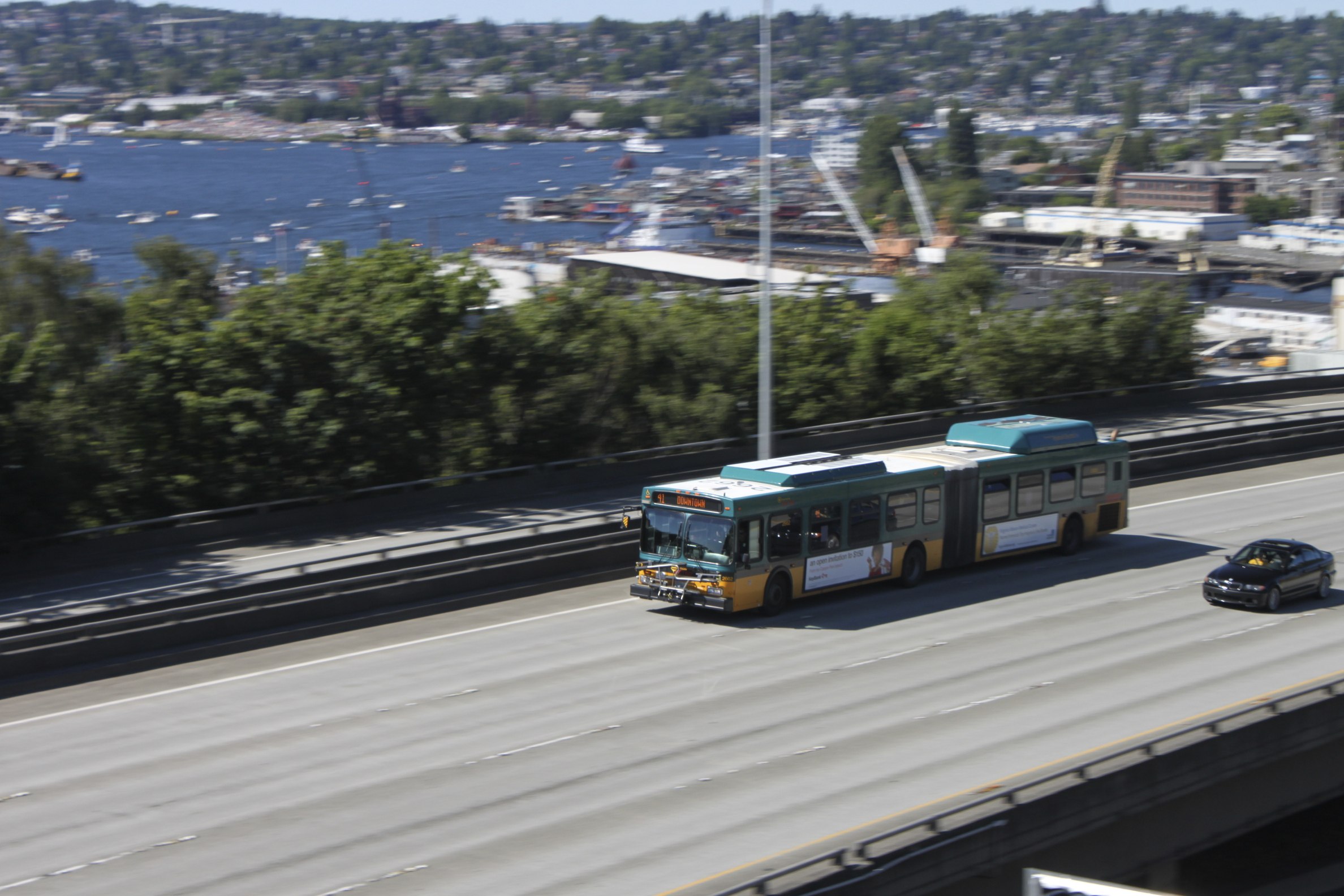
Less driving is possible
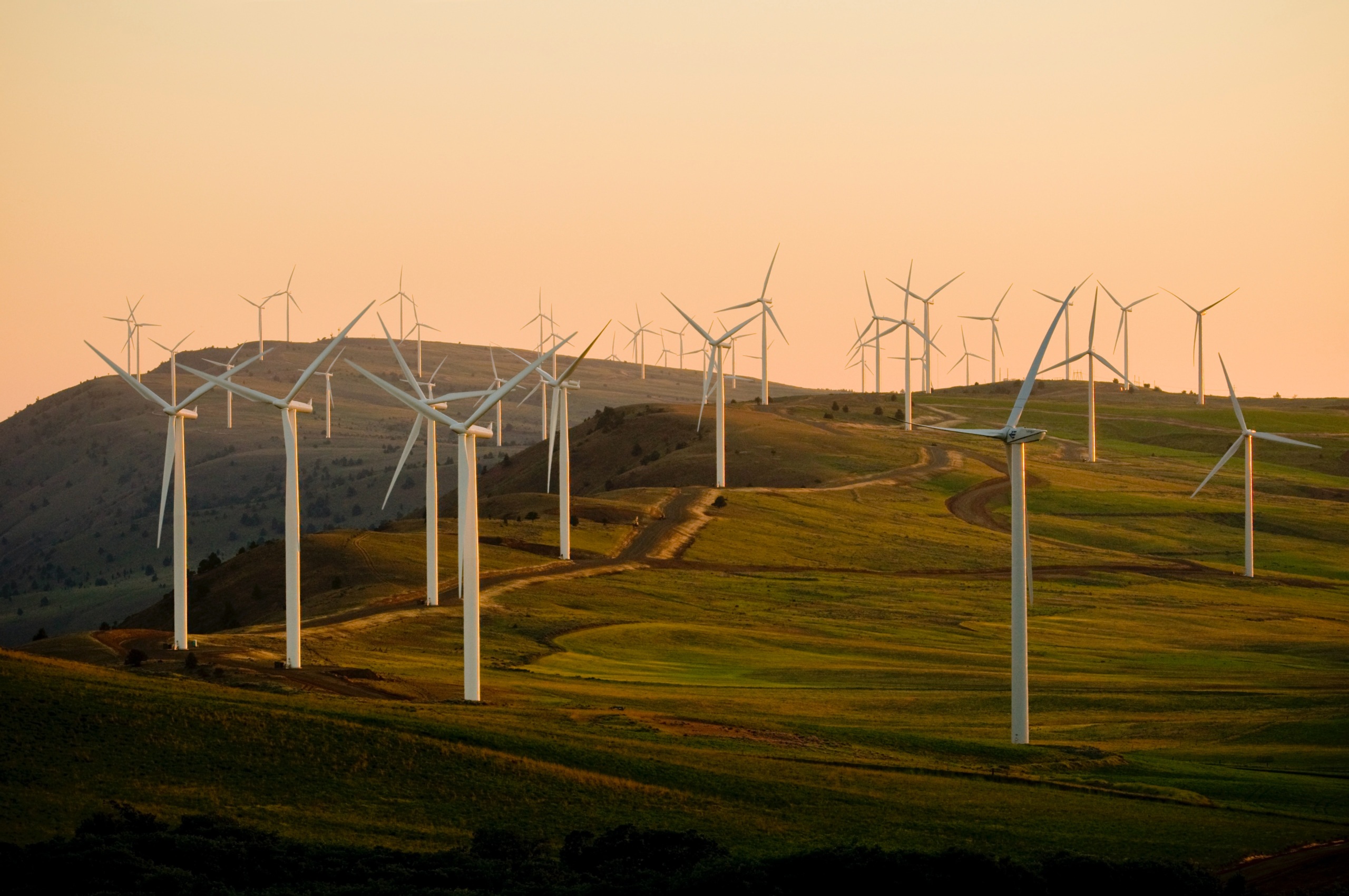
How much land will a renewable energy system use?


